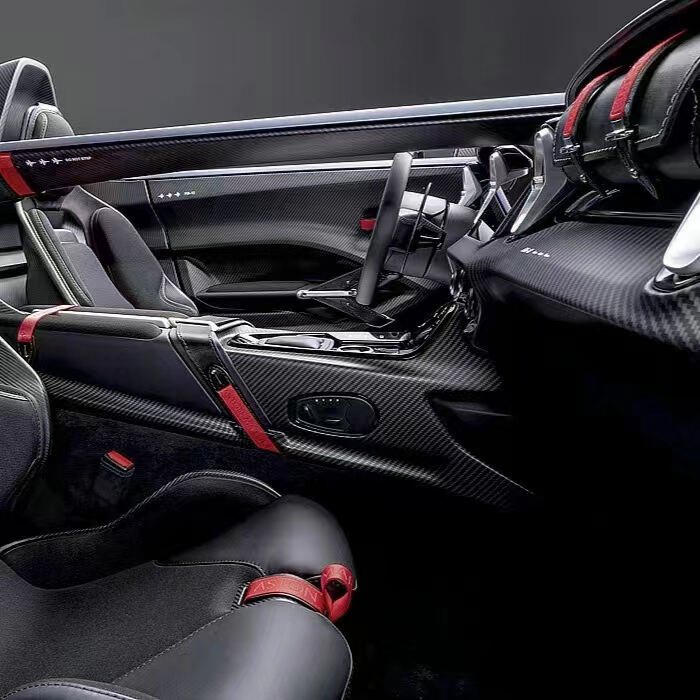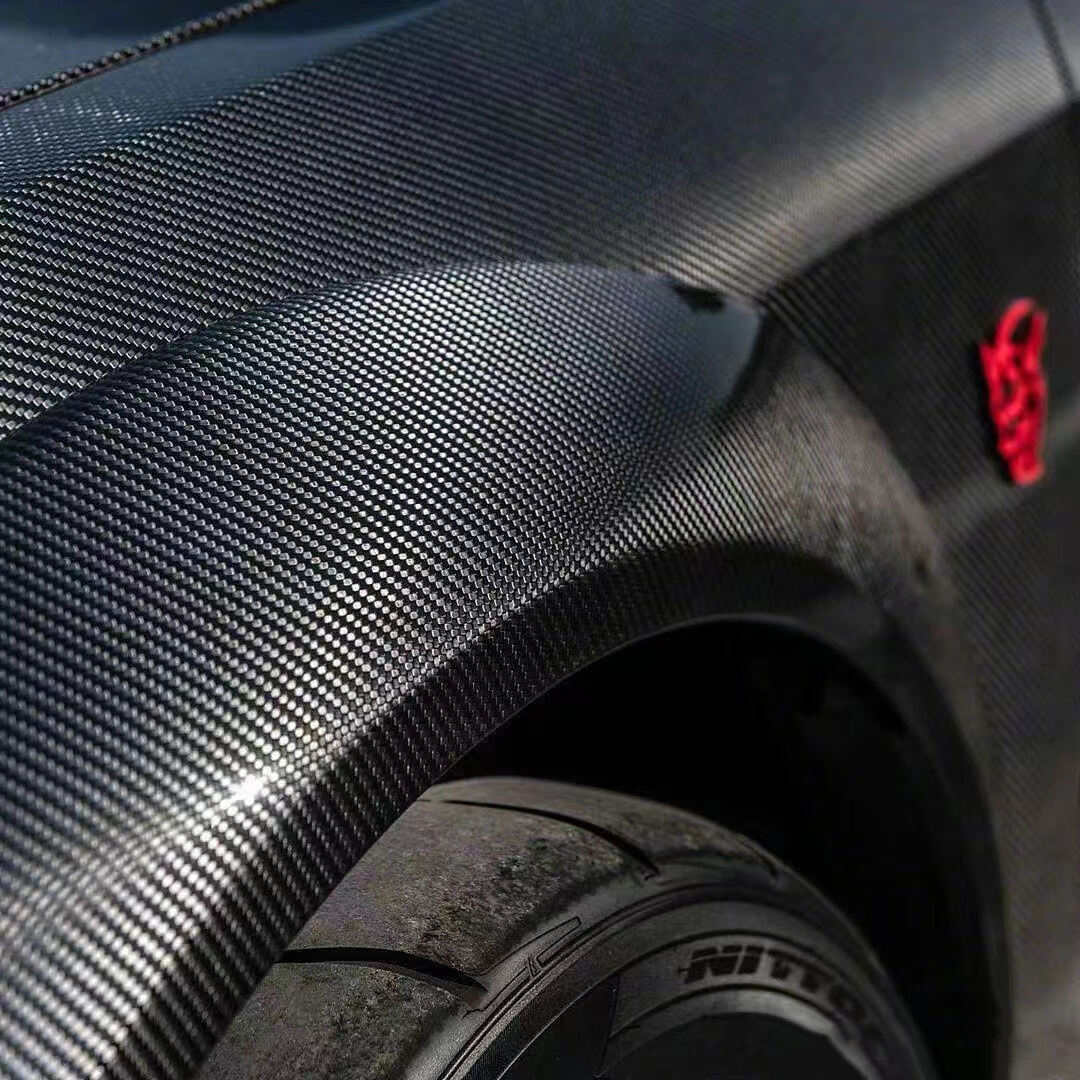The Advantages of Carbon Fiber in Car Modification
2024
Carbon fiber's emergence as a revolutionary material in the automotive industry has indeed opened up vast possibilities for innovation and development. Its lightweight nature, coupled with high strength and a plethora of other characteristics, has led to its widespread adoption across various automotive applications.
High-performance sports cars and luxury vehicles benefit immensely from carbon fiber's utilization as a body structure material. Its exceptional strength-to-weight ratio enhances handling and performance while simultaneously reducing overall vehicle weight, thereby improving fuel efficiency. Additionally, carbon fiber's rigidity contributes to the structural integrity of the vehicle, ensuring optimal safety standards.
Brake Systems:
Carbon fiber composites have become the material of choice for brake discs in high-performance racing cars and luxury vehicles. Thanks to its high thermal stability and rigidity, carbon fiber efficiently converts braking force into heat, thereby enhancing braking performance and overall driving experience.
Interior:
The incorporation of carbon fiber in automotive interior design adds an upscale and sporty aesthetic to vehicles. Its sleek and modern appearance complements luxury car interiors, elevating the overall ambiance and appeal of the vehicle's cabin space.
Engine Parts:
Automotive engine components, such as air intakes and filters, can benefit from the utilization of carbon fiber composites. By integrating carbon fiber into these parts, manufacturers can enhance engine performance, improve fuel efficiency, and contribute to overall vehicle optimization.In comparison to traditional steel, carbon fiber offers several advantages that are particularly noteworthy in the automotive sector.

Lightweight:
Carbon fiber's significantly lower weight compared to steel translates to reduced energy consumption, lower carbon emissions, improved fuel economy, and extended range for electric vehicles. This lightweight characteristic contributes to overall vehicle efficiency and sustainability.
High Strength and Stiffness:
Carbon fiber's superior strength and stiffness make it an ideal material for ensuring vehicle safety, particularly in scenarios involving collisions or impacts. Its robust properties enhance structural integrity and passenger protection.
Good Corrosion Resistance and Durability:
Carbon fiber exhibits excellent resistance to corrosion and maintains durability over prolonged usage. This feature prolongs the service life of vehicles and reduces the need for frequent repair or replacement of body parts, resulting in cost savings for both manufacturers and consumers.
Beyond its functional benefits, carbon fiber's unique texture, and luster imbue vehicles with a sense of sophistication, high-end craftsmanship, and technological prowess. Its inclusion in automotive design adds a touch of luxury and modernity, appealing to discerning consumers seeking premium driving experiences.
In essence, carbon fiber's versatility and performance characteristics position it as a game-changer in the automotive industry, driving innovation and shaping the future of vehicle design and manufacturing.
Carbon fiber is widely used in automotive modification due to several advantages it offers. Firstly, carbon fiber is exceptionally lightweight yet extremely strong, making it ideal for reducing the overall weight of a vehicle without compromising on structural integrity. This contributes to improved performance, fuel efficiency, and handling.
Additionally, carbon fiber possesses high stiffness, which enhances the rigidity of the vehicle's body or components, offering better stability and responsiveness during cornering or high-speed maneuvers. Its aesthetic appeal is also noteworthy, as the unique woven pattern of carbon fiber gives a modern and sporty look to the vehicle.
Furthermore, carbon fiber is corrosion-resistant and durable, ensuring longevity and low maintenance costs. Overall, these characteristics make carbon fiber a preferred material in automotive customization, providing both performance benefits and visual enhancements.


 EN
EN
 AR
AR
 BG
BG
 HR
HR
 CS
CS
 DA
DA
 NL
NL
 FI
FI
 FR
FR
 DE
DE
 EL
EL
 HI
HI
 IT
IT
 JA
JA
 KO
KO
 NO
NO
 PL
PL
 PT
PT
 RO
RO
 RU
RU
 ES
ES
 SV
SV
 TL
TL
 ID
ID
 SR
SR
 SK
SK
 UK
UK
 VI
VI
 TH
TH
 TR
TR
 FA
FA
 AF
AF
 MS
MS
 GA
GA
 CY
CY
 IS
IS
 HY
HY
 AZ
AZ
 KA
KA
 MY
MY
 ONLINE
ONLINE